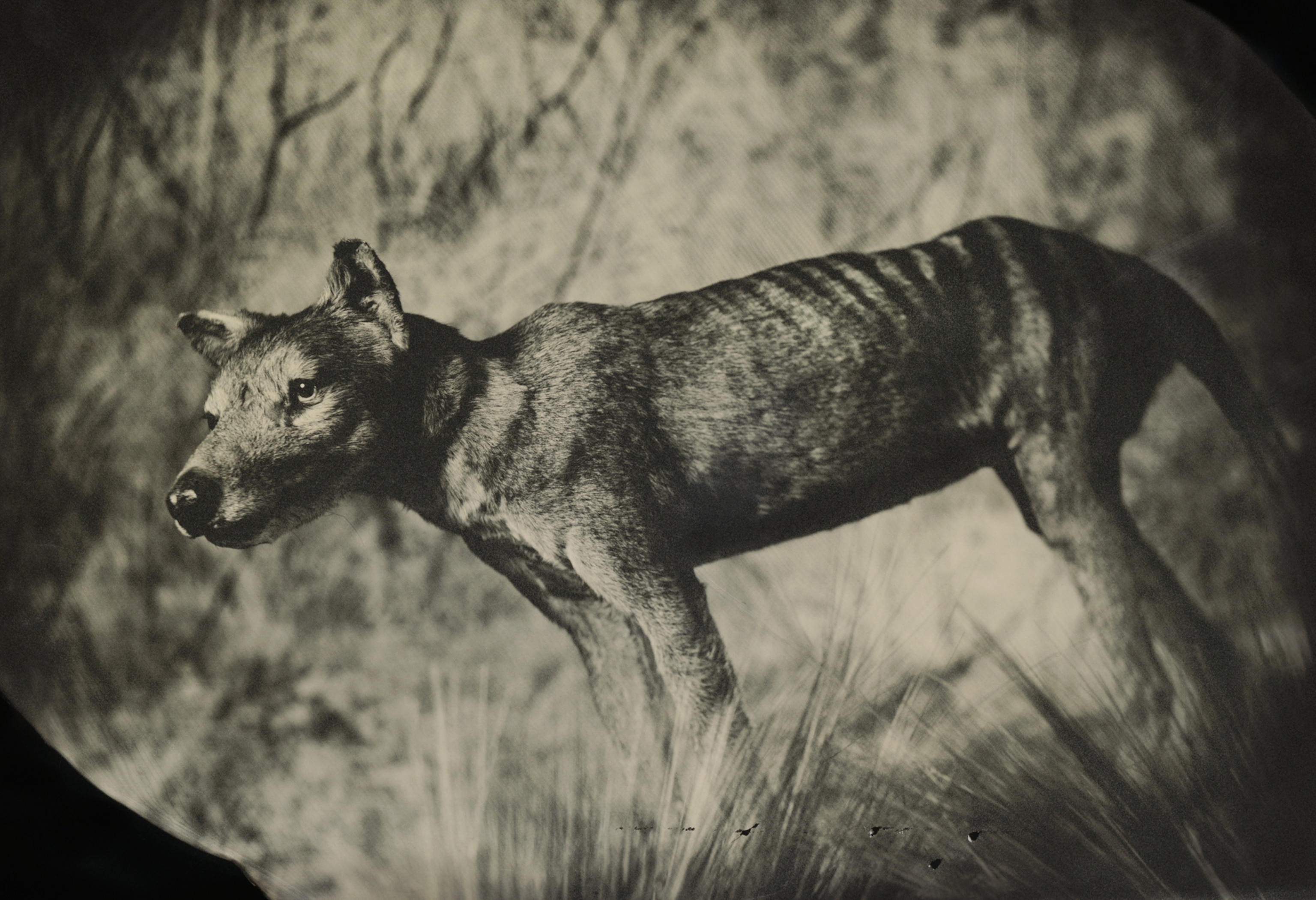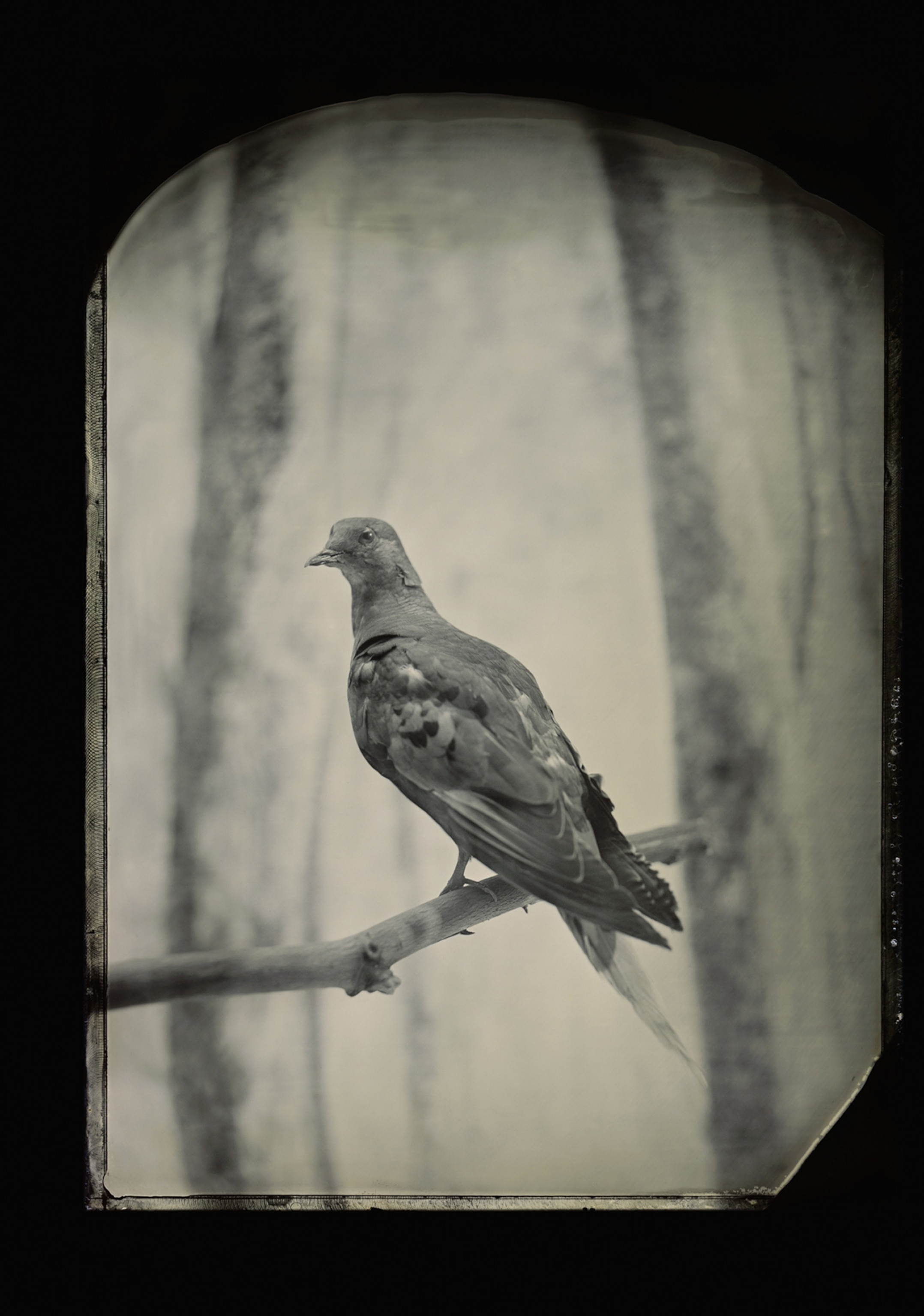
Pictures We Love: The Thylacine and the Pigeon
National Geographic’s Proof blog invited the photography and design teams of National Geographic magazine to look back through the hundreds of photographs from the over 75 stories published in 2013 and select one photo that spoke to their heart, intrigued them, inspired awe, made them smile—in short, to choose their favorite photo from this past year. Over the next several days we’ll bring you a round-up of the breathtaking, the touching, the extraordinary, the imperfect, and the beautiful.

Bill Marr, Creative Director
Robb Kendrick photographed Martha, the last passenger pigeon, for our April story about bringing extinct species back to life. Robb’s specialty in tintypes was a perfect marriage of craft and concept.
The tale of Martha has always struck me as one of the saddest stories of extinctions directly caused by the hand of man. From billions of birds in eastern North America down to just one, Martha died in 1914 at the Cincinnati Zoo. Her remains were shipped to the Smithsonian Institution, where they were mounted and have been on display since. Robb refreshed our memory of her.
Photography is personal. We all respond to pictures for different reasons—sometimes very obscure reasons. I love what Robb did to bring Martha back to life in a way. But also my sister’s name was Martha, and I think of her whenever I hear the name.

Kim Hubbard, Senior Photo Editor
When you ask a museum for permission to photograph their prized specimen of an extinct species, it’s not always easy to get approval. When you also tell them that you’d like to photograph the species with a technique that requires potassium cyanide to be in close proximity, it’s nearly impossible. Nevertheless, Robb Kendrick persevered, and he came away with my favorite photo of the year.
Robb is known for his tintype photography, a method popular in the 1800s. Also called wet plate collodion, it produces one-of-a-kind images, but requires a darkroom on site for immediate processing of the exposed plates. When Robb and I were assigned a story about resurrecting extinct creatures, we knew this type of photography could work really well with the subject matter.
Our goal was to make the extinct creatures look as alive as possible, as if they’d been photographed during their lifetime. Artist Fernando Baptista created backgrounds appropriate for each species, and we used grasses, branches, and rocks in the foreground to put the animals in an “environment” where they would’ve lived.
I think we succeeded best with the Tasmanian tiger at the American Museum of Natural History. I love this picture not only because it was difficult to produce, but also because it allows you to believe, if only for a moment, that the Tasmanian tiger is still among us. You can almost hear it growl. Maybe someday.
View these photographs and more in our interactive Year in Review.




